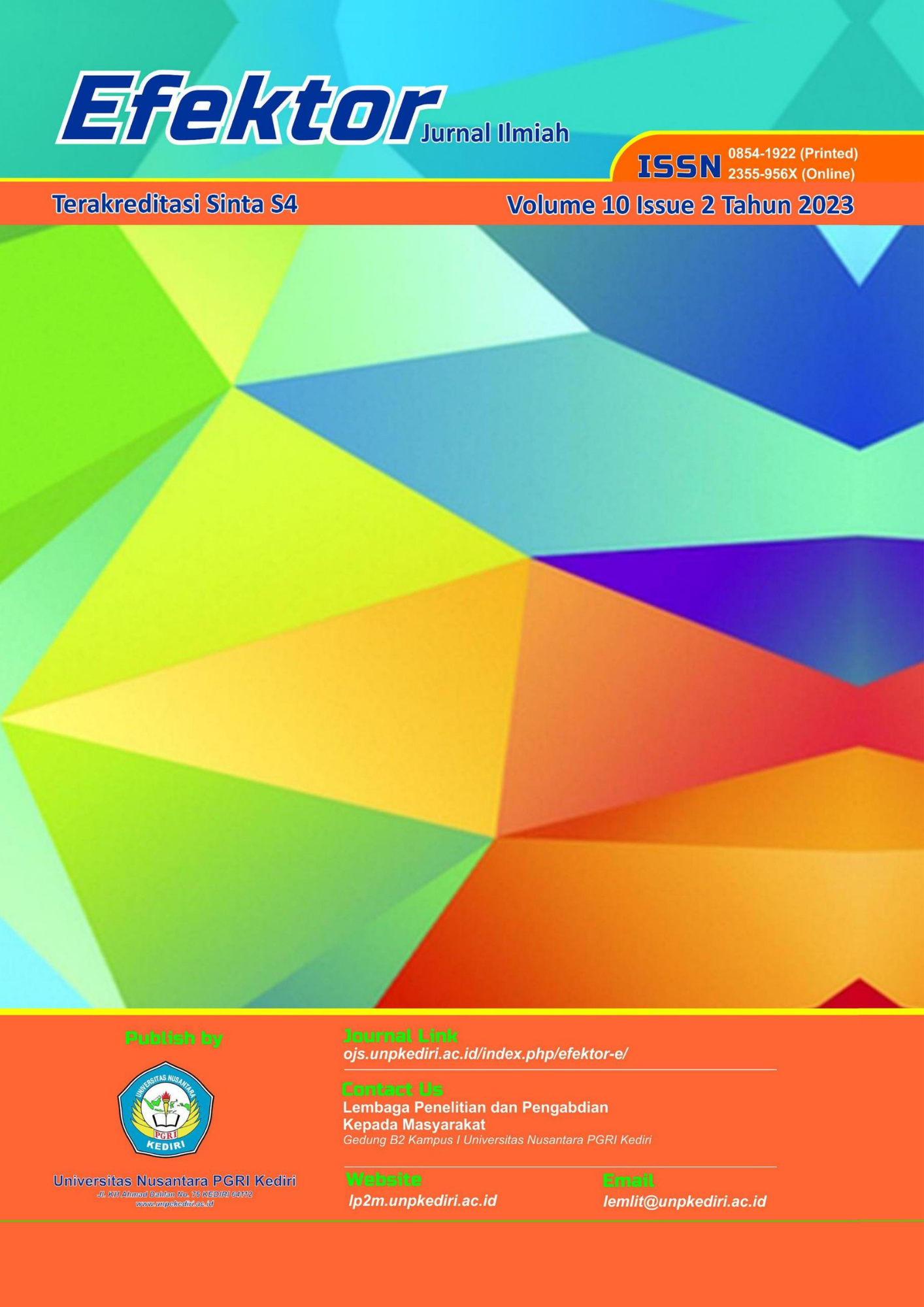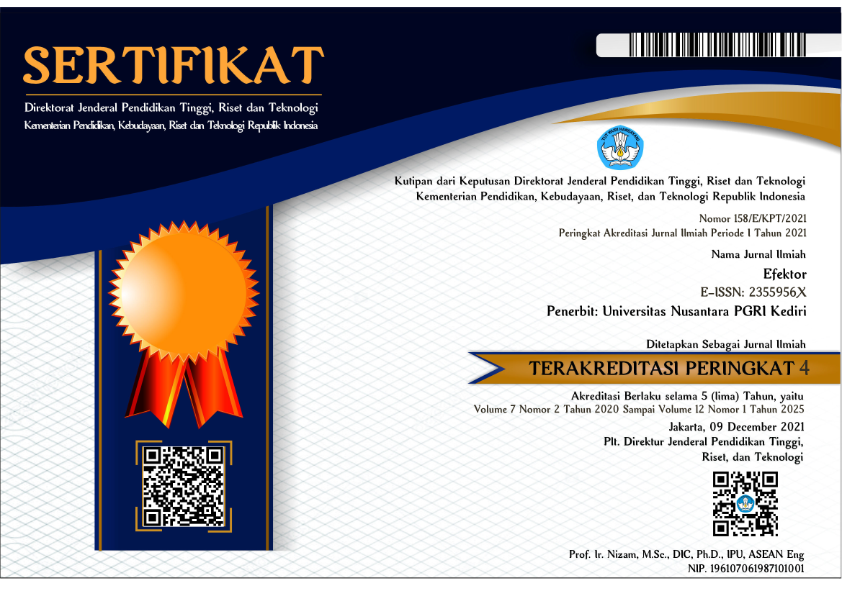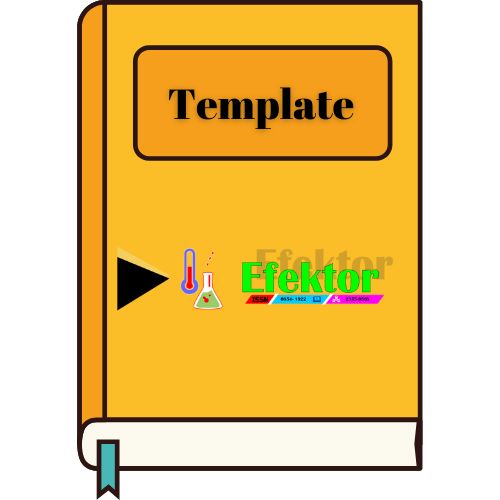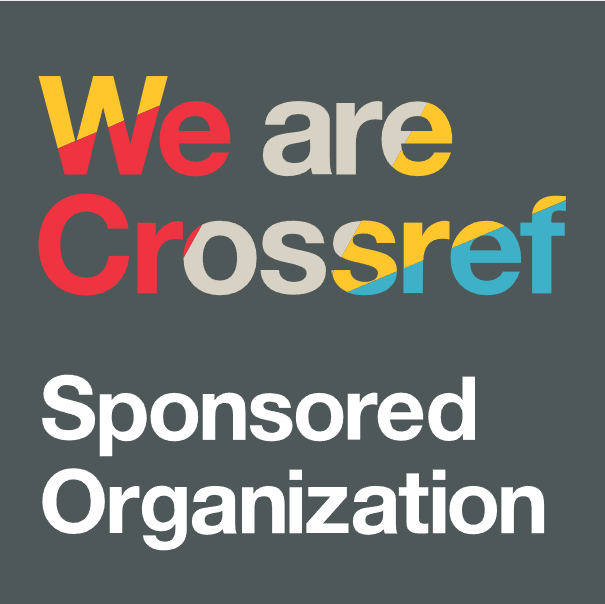Inovasi Melalui Desain: Model R&D Yang Diperbarui Dengan Metode Perancangan Desain Grafis Pada Konteks Pengembangan Buku Ajar Yang Kreatif
Innovation Through Design: An Updated R&D Model with Graphic Design Design Methods in the Context of Creative Textbook Development
DOI:
https://doi.org/10.29407/e.v10i2.20341Keywords:
Innovation, R&D Development Model, Graphic Design Method, Instructional Books, CreativityAbstract
This research aims to update the research and development (R&D) model by integrating graphic design design methods to improve quality and creativity in textbook development. By modifying the Dick, Carey, & Carey development model and applying the design thinking method approach. The research method focuses on creating innovation through three related stages, namely Needs Identification and Preliminary Research, Conceptual Framework Analysis, and Prototype Development. The research resulted in a modification of the development model that is more responsive and adaptive to contemporary needs in the world of education. With 4 steps the development stages become simpler. Called the Ir-FAN development model: 1) Identification & Research stages of problem identification with in-depth research; 2) Design phase, is the planning and design stage; 3) Reflection activities, implementation and evaluation stages; and 4) Effective value that can be achieved, the final stage is optimization and development.
References
Tahap Proses Design Thinking [WWW Document], n.d. URL https://www.cias.co/post/5-tahap-proses-design-thinking (accessed 5.6.23).
Aguiar, A.J.C. de, Silva, A.S. de A., Villani, E., 2008. Graphic robot simulation for the design of work cells in the aeronautic industry, in: ABCM Symposium Series in Mechatronics. pp. 346–354.
Alʹtshuller, G.S., 1999. The innovation algorithm: TRIZ, systematic innovation and technical creativity. Technical innovation center, Inc.
Chang, S.L., 2006. The Systematic Design of Instruction. Educ. Technol. Res. Dev. 54, 417–420. https://doi.org/10.1007/s11423-006-9606-0
Cross, N., 2023. Design thinking: Understanding how designers think and work. Bloomsbury Publishing.
Dianita, S.C., Sari, A.T.R., Lestariningrum, A., 2023. Peningkatan Kemampuan Bercerita Menggunakan Media Gambar Pada Anak Usia 5-6 Tahun. Efektor 10, 101–110. https://doi.org/10.29407/e.v10i1.19425
Dick, W., Carey, L., Carey, J.O., 2005. The systematic design of instruction.
Huang, L., Lin, M., Chen, X., 2019. Research on teaching design based on BOPPPS mode: a case study of the course “Principles of Visual Communication Design,” in: IOP Conference Series: Materials Science and Engineering. IOP Publishing, p. 012054.
Marcus, A., 1995. Principles of effective visual communication for graphical user interface design, in: Readings in Human–Computer Interaction. Elsevier, pp. 425–441.
Osterwalder, A., Pigneur, Y., Oliveira, M.A.-Y., Ferreira, J.J.P., 2011. Business Model Generation: A handbook for visionaries, game changers and challengers. Afr. J. Bus. Manag. 5, 22–30.
Pahl et al. - 2007 - Engineering design a systematic approach.pdf, n.d.
Partridge, L., 2007. Managing change: Learning made simple. Routledge.
Patria, A.S., Mutmainah, S., 2018. Using textbook illustration as media for developing character among primary students: Some research-based suggestion. J. Educ. Learn. EduLearn 12, 52–56.
Paulus, P.B., Nijstad, B.A., 2019. The Oxford handbook of group creativity and innovation. Oxford Library of Psychology.
Salam, S., 2017. Seni Ilustrasi: Esensi-Sang Iluslator-Lintasan-Penilaian.
Simons, T., Gupta, A., Buchanan, M., 2011. Innovation in R&D: Using design thinking to develop new models of inventiveness, productivity and collaboration. J. Commer. Biotechnol. 17, 301–307.
Sutanto, S.M., 2020. Buku Ajar Konsep Desain dan Illustrasi. Penerbit Universitas Ciputra.
Widiastuti, N.L.G.K., 2020. Pengembangan bahan ajar IPA berbasis kontekstual dengan konsep tri hita karana untuk meningkatkan pemahaman konsep siswa. J. Imiah Pendidik. Dan Pembelajaran 4, 479–490.
Downloads
Published
Issue
Section
License
Copyright (c) 2023 Efektor

This work is licensed under a Creative Commons Attribution-ShareAlike 4.0 International License.
Authors who publish with this journal agree to the following terms:
- Copyright on any article is retained by the author(s).
- The author grants the journal, the right of first publication with the work simultaneously licensed under a Creative Commons Attribution License that allows others to share the work with an acknowledgment of the work’s authorship and initial publication in this journal.
- Authors are able to enter into separate, additional contractual arrangements for the non-exclusive distribution of the journal’s published version of the work (e.g., post it to an institutional repository or publish it in a book), with an acknowledgment of its initial publication in this journal.
- Authors are permitted and encouraged to post their work online (e.g., in institutional repositories or on their website) prior to and during the submission process, as it can lead to productive exchanges, as well as earlier and greater citation of published work.
- The article and any associated published material is distributed under the Creative Commons Attribution-ShareAlike 4.0 International License













